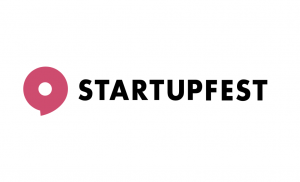
Being an entrepreneur is all about learning lessons that seem obvious in hindsight, but easily trip you up in the moment. It really is as they say: you can’t know it until you live it. And product management presents some of the most surprisingly subtle lessons for entrepreneurs to learn.
I have been building products for a really long time, and it’s both an art and science that is deceptively difficult. Figuring out what customers value (especially when they may not know it themselves), delivering it to them at the right time and price, and doing it better than others is hard enough. Knowing how to talk about your product to new customers is equally tricky, and just as important. Sometimes, the fastest way to deliver the message is by positioning your product in relation to existing familiar systems or experiences. For example, “We are the Uber of …” Customers know how Uber disrupted its industry, and so the message is delivered that the same must be true in the case of your product.
All good right? Not really.
How you describe your product informs customer assumptions
The flaw in this line of thinking is that your intended comparison is one of business models, not features or product experience. When you talk about your product as “the Uber of …”, customers make assumptions about what they’re going to get and how it can be used. Sometimes this can be the catalyst for a rapid sale, especially when customer product documentation is sparse in the early days. While the metaphor is effective in this way, the customer’s resulting assumptions may be incongruent to how your product or service actually works.
These misassumptions are further compounded because early startups haven’t yet scaled their whole products. Documentation, samples, and demos may still be in development. As a result, most customers’ understanding of the product is based on limited product documentation and direct communications with the product team.
This happened to us this year at MedStack. Unfortunately, for one particular customer, the onboarding process was long and difficult. Both teams lost a lot of time and opportunity cost in trying to make our product fit their assumptions (in our case, around the lines of responsibility between us and them in our robustly-designed data security framework). In the end, we mutually agreed that it wasn’t going to work for the design approach they had already committed to. We had, however, misread their assumptions and allowed too many gaps in trying to win the sale. It was a good lesson for us.
How do your customers intend to use your product?
My takeaway is this: It is critical that entrepreneurs think not only of what their customers need, but also of how the customers intend to use the product. This is especially true in the early days. Walk through the experience, step by step, before and after the sale. If your customer intends to use the product in a different way, weigh the value of the learning experience against the hands-on effort it would take to support them. Be optimistic in sales, healthily skeptical in product, and optimize that tension.
Hard lessons are part of the journey in entrepreneurship. We celebrate what we learn and don’t lament the time lost to learn. This wasn’t a fun experience for us or the customer, but we did learn from it, and our sales and product processes have been better and stronger ever since.





